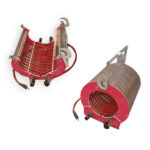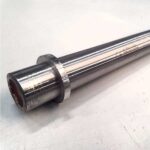Resistenze Ceramiche
STANDARD
Resistenze Ceramiche
Le resistenze ceramiche trovano una particolare applicazione nei trattamenti termici di preriscaldo, post-riscaldo e distensione di giunti saldati. La componibilità degli elementi ceramici permette di realizzare resistenze con forme e dimensioni diverse in modo tale da adattarsi il più possibile alle diverse geometrie dei pezzi da scaldare.
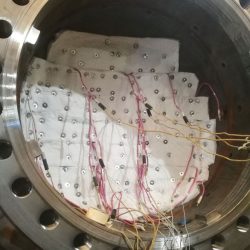
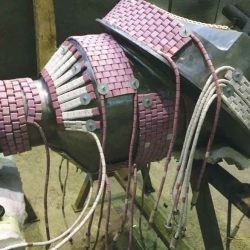
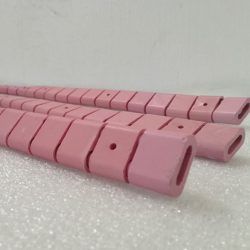
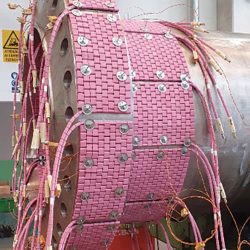
COMPOSIZIONE RESISTENZE
• Elementi ceramic di alumina al 98%
• Filo riscaldante in Ni/Cr-80/20
• Temperatura max. d’impiego 1050°C
• Corrente max. 50A
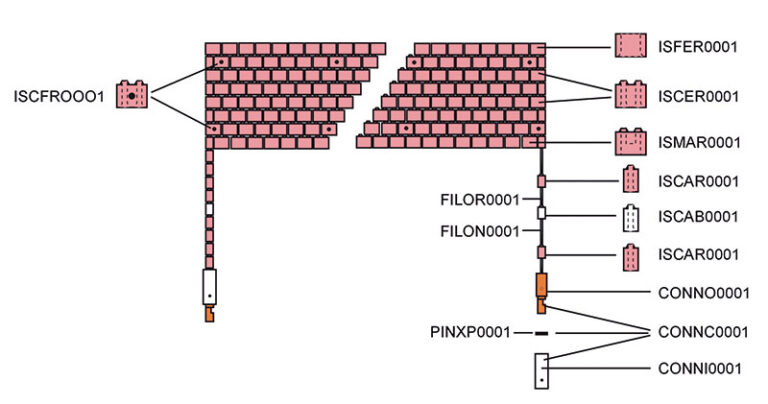
LEGENDA
A Lato flessibile
B Lato rigido
C Capo caldo
D Capo freddo
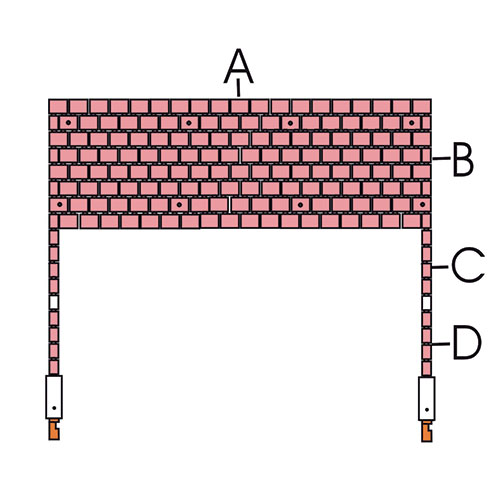
STUOIA
A e B con lunghezze variabili
Codice: RSTUS + 4 cifre nr. progr.
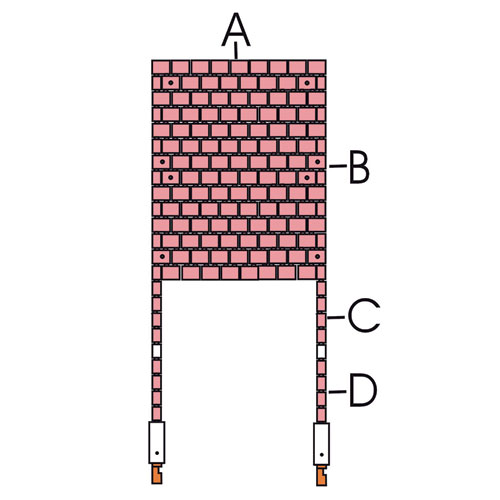
STRISCIA
Lato A e B con lunghezze variabili
Codice: RSTRS + 4 cifre nr. progr.
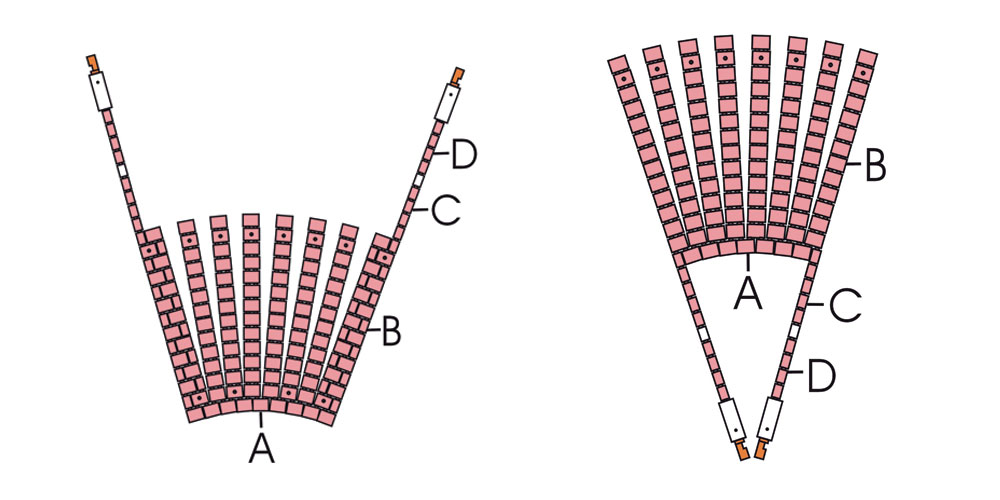
A DITA
A e B con lunghezze variabili
Codice: RDITA + 4 cifre nr. progr. (con capi da lato aperto)
Codice: RDICT + 4 cifre nr. progr. (con capi da lato chiuso)
Le resistenze a dita possono essere costruite sia con forma a STUOIA che a STRISCIA
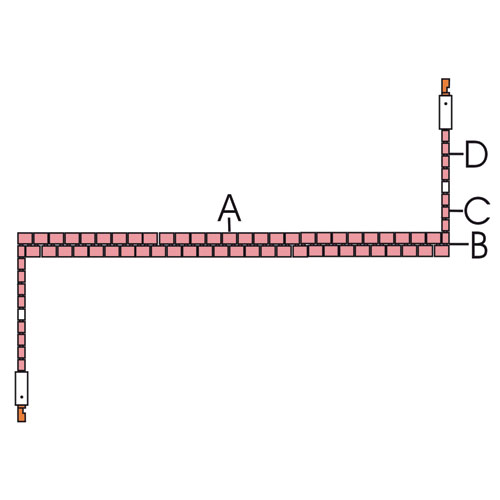
SNAKE
A = lunghezza variabile
B = 40mm
Codice: RSNAS + 4 cifre nr.

UNIFILARE
A = lunghezza variabile
B = 10mm
Codice: RUNIS + 4 cifre nr.
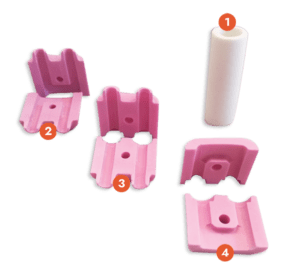
CERAMICHE PER RIPARAZIONI
1 ISTUB0001
Isolatore ceramico tubetto capi bianco L=42mm Od=12mm Id=9mm
2 ISMAR0001/T
Isolatore ceramico maschio rosa (terminale) tagliato due metà con foro
3 ISCFR0001/T
Isolatore ceramico centrale rosa con foro tagliato (due metà) con foro
4 ISFER0001/T
Isolatore ceramico femmina rosa (terminale) tagliato due metà con foro


